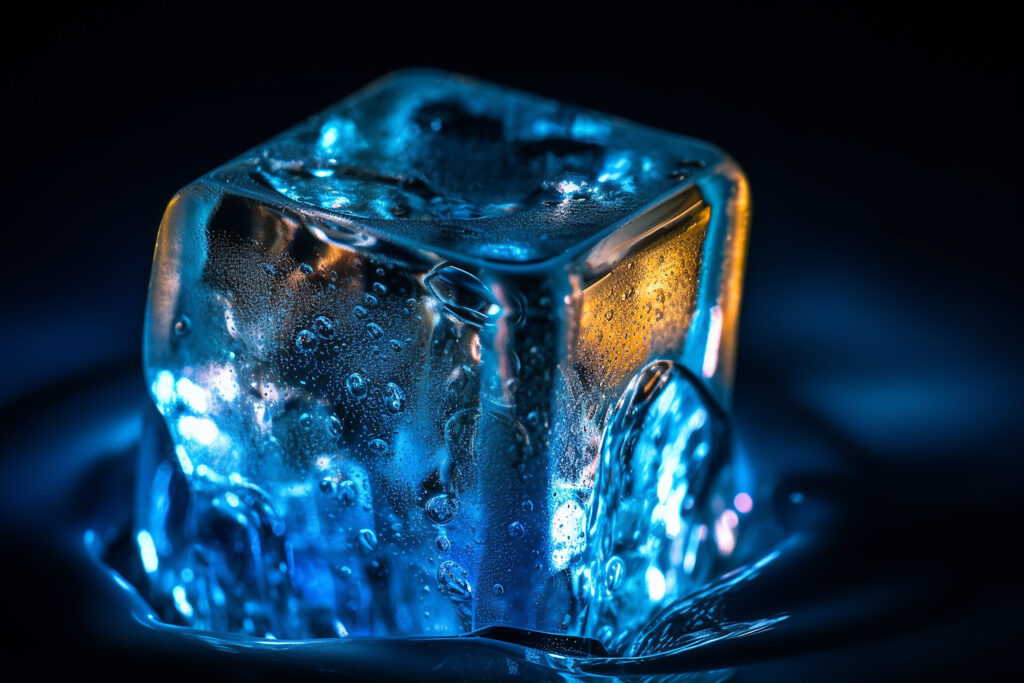The particular Craft of Penmanship: Mastering the Elegance of Handwriting
1. Beginnings of Calligraphy
Penmanship, emanating from the Greek words “beauty” denoting grace and “graphein” meaning to inscribe, is the art of adorned script. It possesses a rich history that spans time periods and cultures, captivating the hearts and thoughts of those who value the aesthetics of the written language.
The genesis of calligraphy can be traced back to ancient societies such as the ancient Egyptians and the people of ancient China. These societies acknowledged the significance of the written word and sought to enhance it to an art form. In Egypt, Egyptian hieroglyphs were carefully engraved into stone, while in China, symbols were carefully painted with brush and ink on silk or paper.
The craft of penmanship’s development continued through the Medieval era, where it became intermingled with the propagation of religion and the protection of knowledge. Scribes and monks committed their lives to mastering their script, creating stunning manuscripts that blended beautiful letterforms with intricate illustrations.
With the creation of the printing press, calligraphy lost some of its utilitarian purpose but found a fresh purpose as an artistic expression. It became a way of self-representation and a way to establish a connection with the bygone days. Today, penmanship is not only admired for its aesthetic appeal but also treasured for its potential to communicate sentiments and seize the core of a message.
2. The Equipment of the Trade
Calligraphy requires a particular collection of tools that are vital for reaching the preferred aesthetic outcome. The primary tool used in penmanship is the writing instrument, which can come in various forms. The most classic type of pen for calligraphy is the quill pen, which consists of a grip and a metallic nib that is dipped into ink. Dip pens offer flexibility and control, enabling artists to create different line widths and styles.
In Moreover to dip pens, calligraphers also use brush-style pens, fountain pens, and even markers, based on their preference and the approach of calligraphy they aspire to create. Each tool has its own unique qualities and requires different methods to excel at. Exploring with various pens can help calligraphers find their unique style and achieve the intended outcomes.
Another vital instrument in calligraphy is the writing ink. Ink can be hydrous or pigment-based, each with its own characteristics. Hydrous ink is more liquid and dries up quickly, while pigment-based ink provides greater color saturation and is often used for more complex styles of calligraphy. In recent years, calligraphers have also adopted digital calligraphy, using tablets and styluses to create beautiful lettering on digital platforms.
3. The Techniques of Calligraphy
Calligraphy encompasses an extensive array of techniques, each with its own distinct qualities and historical significance. Some of the most notable calligraphic styles include:
– Italic: Italic calligraphy is known for its angled and flowing letterforms. It sprung up in the Italian Renaissance and is characterized by its elegant and vibrant visual appeal. Italic calligraphy is widely used in official invitations and papers.
– Blackletter: Blackletter calligraphy, also known as Textura, is a style that originated in Western Europe during the medieval period period. It is characterized by its dense, pointed letterforms and is often linked with ancient manuscripts and diplomas.
– Copperplate: Copperplate calligraphy emerged in the 18th century and is recognized for its delicate, curvilinear letterforms. It is commonly used for wedding invitations and formal events due to its romantic and refined visual appeal.
– Modern: Contemporary calligraphy is a current style that merges traditional calligraphic techniques with a more informal and unconventional style. It enables for more unique expression and experimentation, making it popular among artists and passionate individuals.
4. Excelling at the Art of Calligraphy
Excelling at the skill of penmanship requires practice, patience, and a deep appreciation for the craft. Here are some tips to help you embark on your penmanship path:
1. Study the Basics: Start by getting acquainted yourself with the fundamentals of calligraphy, including characters, strokes, and spacing. Rehearse basic drills to boost your control and precision.
2. Select Your Style: Discover different penmanship styles and find one that speaks to you. Experiment with different instruments and inks to create your own unique style.
3. Train Consistently: Allocate regular time to practice your calligraphy skills. Set aside a specific time each day or week to hone your technique and enhance your letterforms.
4. Seek Inspiration: Turn to the work of master calligraphers for inspiration. Analyze their techniques and analyze their compositions. Attend workshops or join calligraphy communities to connect with fellow devotees.
5. Experiment and Innovate: Whilst it’s crucial to grasp the rules of penmanship, don’t be afraid to shatter them and explore new possibilities. Embrace your creativity and push the boundaries of traditional penmanship.
Calligraphy is a timeless art form that continues to enchant individuals with its beauty and grace. Whether you choose to practice it as a leisure activity or pursue it as a profession, the skill of penmanship presents endless possibilities for self-expression and creativity.
So grab your writing instrument, dip it in ink, and let the lines of your hand produce a ghujbb work of art on the blank canvas of paper. Immerse yourself in the art of calligraphy and explore the joy of crafting something truly distinctive and breathtaking.
